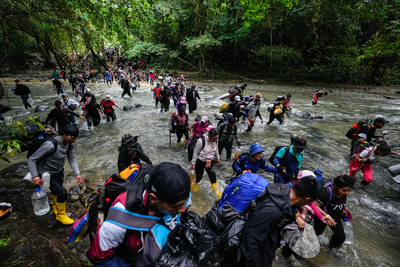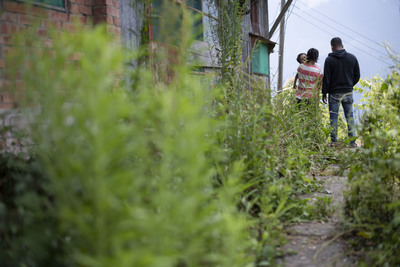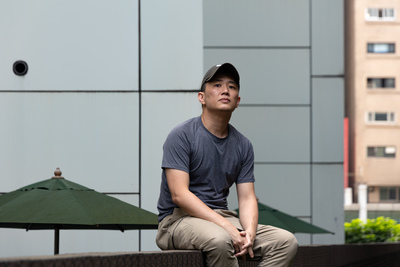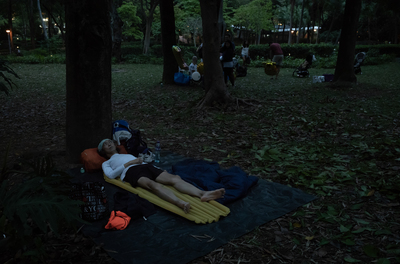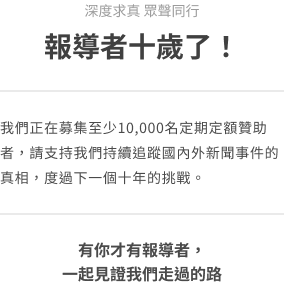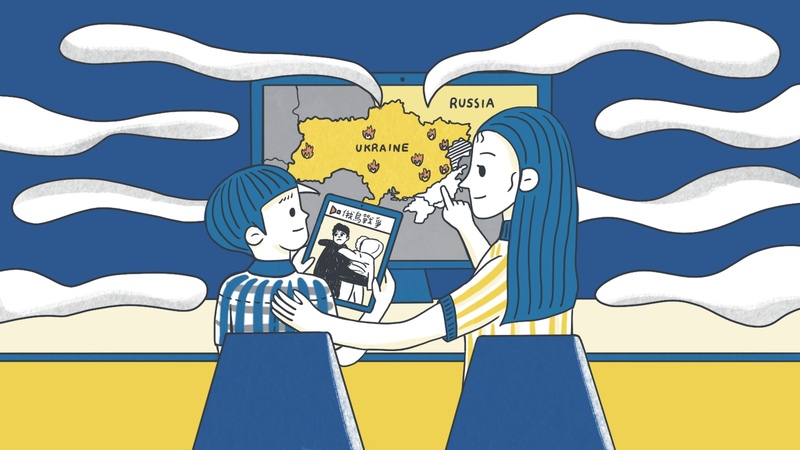
The early months of 2022 have already included several distressing world events. From the ongoing COVID-19 pandemic, to protests against vaccine mandates and COVID-19 restrictions, to the Russian invasion of Ukraine — there has been a lot to weigh on the hearts and minds of individuals and families around the world.
If you are a parent, grandparent, teacher or educator, you may ask yourself: Should I talk to kids about these world events? As both child psychologists and parents, we have grappled with this question too. In these times, it can be hard to know whether or not to discuss these issues with our children, and if we do, how should we go about doing it?
As the world navigates challenges and crises, we need to have a blueprint for how to have open and honest discussions with our kids so they can grow up as informed and thoughtful world citizens. Here we provide some ideas for engaging in conversations about the Ukraine invasion with kids, and how to tailor them based on age and maturity levels.
- To help children process difficult emotions that may arise. Although it might seem like a good idea to avoid an in-depth discussion to thwart increased anxiety or alarm, evidence suggests that having a supportive discussion about a stressful event can actually decrease distress. It’s best to “name it to tame it.” Children in families that are more expressive perceive less threat related to a stressor. Having these conversations provides you with the opportunity to help your child make sense of how they might be feeling and to provide reassurance.
- To combat misinformation. In this age of ubiquitous access to news and media, children and teens have likely already been exposed to some kind of information — pictures, video clips or news — about the invasion of Ukraine. Unfortunately, there has been a surge of misinformation and purposeful disinformation shared on social media apps routinely used by youth, such as TikTok and Snapchat. This makes it critical for parents and educators to keep children informed of the Ukraine invasion based on reliable information from reputable sources, and to provide opportunities for children to ask questions.
- To model and encourage compassionate views towards others. Talking to children about the war in Ukraine can model a compassionate view towards fellow humans, regardless of distance or circumstance. Taking the time to talk with children about world events is an opportunity to engage in perspective-taking and to emphasize the importance of understanding the emotions, and contexts of others in a developmentally appropriate way. Asking an adolescent a question such as “what might someone else in this situation be feeling right now?” can support the growth of an empathic view of other’s lives.
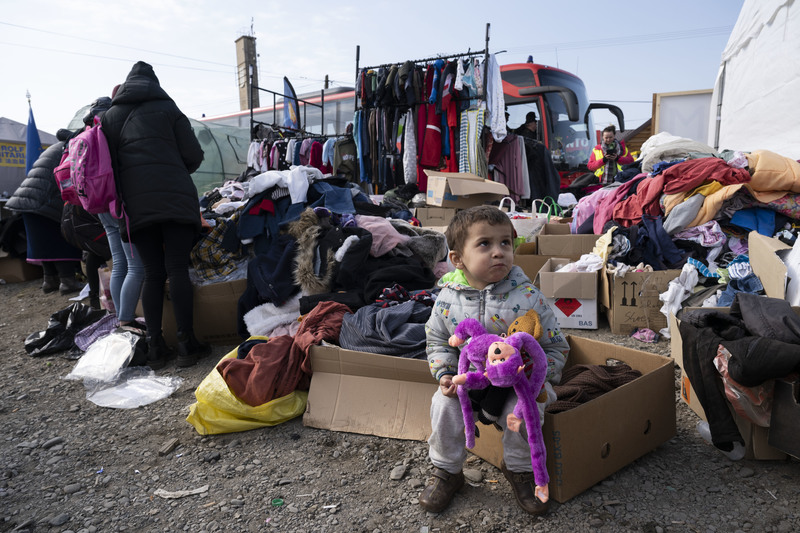
Children of different ages and maturity will have different levels of understanding and capacity for processing the information unfolding in Ukraine.
Children under the age of five may have a very limited understanding of the conflict in Ukraine. If your young child asks you a question about what is happening, you can provide them with simple information they can relate to. Avoid providing more detail than requested.
For example, you could say “one country is not being very nice to another country and it is making people feel upset.” Bringing up the conversation with your child allows you to talk about a shared plan and strategies that can help if they are feeling upset about it.
For children of all ages, we also recommend being mindful of exposure to news and media, especially violent or destructive content. This is particularly paramount for young children who have a more limited ability to understand what is happening. It is also important to minimize what young children overhear of adult conversations.
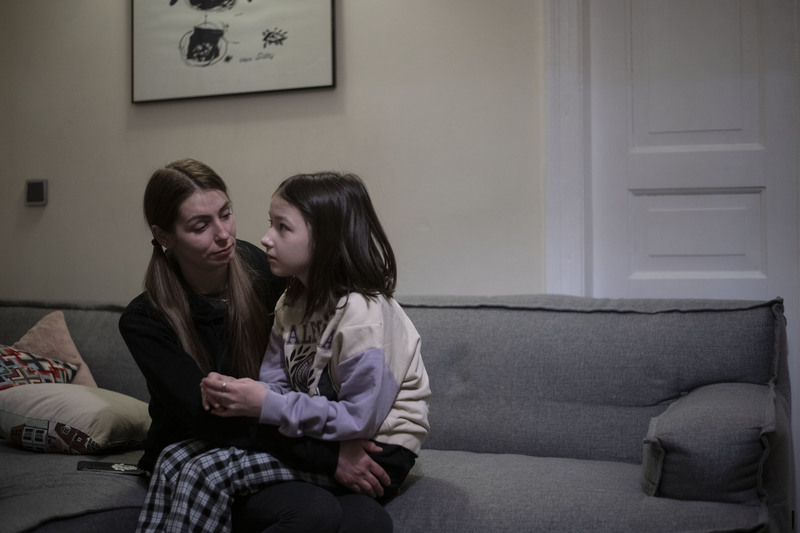
First, make sure that you are feeling calm and present enough to have the discussion. If you are feeling upset, tired or distressed, it is best to give yourself some time and space before initiating the conversation. It is also best to have the discussion when there are limited distractions and when you can devote sufficient time to it.
Start by asking your child what they have heard or what they might know about the conflict in Ukraine. Next, validate and normalize how they are feeling. If they say it’s distressing for them, you can say: “It can be scary to think about a war; most kids and adults feel scared too.” If your child does not know very much or does not seem to be very disconcerted about what is happening, you can keep the discussion brief.
Regardless of whether they are distressed or not, you can share some factual and developmentally appropriate information. For example, you might look at a map of the world together and share where the conflict is occurring. You can share some basic information about what is happening and why, and where and how they can gather reliable information.
Most importantly, children need reassurance that adults will do everything they can to keep them safe. If needed, you can make a plan to identify distractions or activities to focus on. You could also offer your support or assistance to a Ukrainian friend or neighbour who may be particularly worried or struggling.
Ultimately, by having these conversations, you show your child that you are willing and open to having discussions, even when times are tough. This can help build a lasting foundation to talk about difficult topics.
Our children are not the first generation of children to grow up with wars and distressing world events. What is new is how this generation of young people are accessing and consuming news and world events. It is important for children to be adequately informed and reassured by the adults they trust, and to be provided with opportunities to make sense of how they might be feeling as distressing world events unfold. (To read the Chinese version of this article, please click: 【成人請聽】為什麼和孩子討論俄國入侵烏克蘭很重要,該怎麼談呢?) ※This article is republished from The Conversation under a Creative Commons license. Read the original article.

The Conversation was founded in Melbourne, Australia in 2011. It is a unique collaboration between academics and journalists that in a decade has become the world’s leading publisher of research-based news and analysis.
Nicole Racine Postdoctoral Research Fellow, Psychology, University of Calgary Dr. Nicole Racine is a clinical psychologist and postdoctoral research fellow at the University of Calgary in the Department of Psychology. Her program of research focuses on understanding maternal, familial, and environmental factors that influence early socioemotional development in children. In particular, her fellowship is focusing on the transmission of maternal childhood adversity and maternal stress in the pre- and postpartum periods on mental health and school readiness in early childhood. She has a strong clinical and research interest in infant mental health as well as parent-child interactions and is passionate about partnering with community organizations. Nicole completed her PhD in Clinical Developmental Psychology at York University in Toronto and her residency in Clinical Child and Pediatric Psychology at Alberta Children’s Hospital in Calgary. Her fellowship is funded by the Social Sciences and Humanities Research Council of Canada and the Alberta Children’s Hospital Research Institute.
Camille Mori PhD student in Clinical Psychology, University of Calgary Camille has completed a combined B.A. (honours) psychology degree and B.A. dance degree at the University of Calgary. She is currently completing a PhD in clinical psychology within the Department of Psychology at the University of Calgary.
Sheri Madigan Associate Professor, Canada Research Chair in Determinants of Child Development, Owerko Centre at the Alberta Children’s Hospital Research Institute, University of Calgary Dr. Madigan is a Clinical Psychologist, Associate Professor and Canada Research Chair in Determinants of Child Development at the University of Calgary and the Alberta Children’s Hospital Research Institute. Her research is primarily focused on understanding how early experiences can help and/or hinder children’s early learning and social environments. She has published over 100 peer-reviewed articles describing innovative methods and approaches to understanding determinants of child development. She is the recent recipient of the World Association for Infant Mental Health Early Career Award, as well as the Killam Emerging Research Leader award. Her work has been widely covered in the media, including The New York Times, TIME, The Guardian, BBC, CBC, and The Globe and Mail. Dr. Madigan's research is supported by the Social Sciences and Humanities Research Council, Canadian Institutes of Health Research, and the Canada Research Chairs program.
※For more news articles written for kids, please go and see The Reporter for Kids website.
深度求真 眾聲同行
獨立的精神,是自由思想的條件。獨立的媒體,才能守護公共領域,讓自由的討論和真相浮現。
在艱困的媒體環境,《報導者》堅持以非營利組織的模式投入公共領域的調查與深度報導。我們透過讀者的贊助支持來營運,不仰賴商業廣告置入,在獨立自主的前提下,穿梭在各項重要公共議題中。
今年是《報導者》成立十週年,請支持我們持續追蹤國內外新聞事件的真相,度過下一個十年的挑戰。


